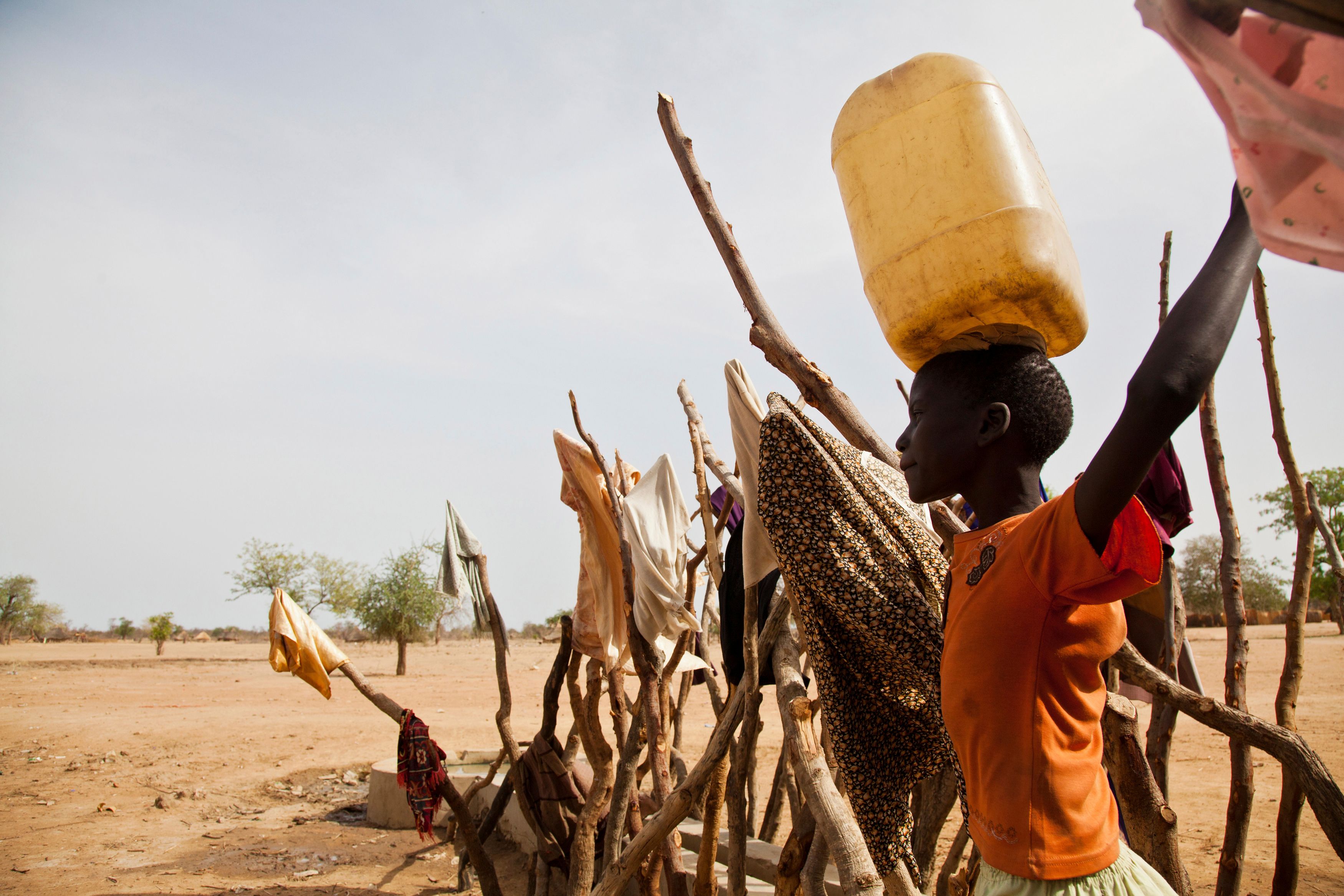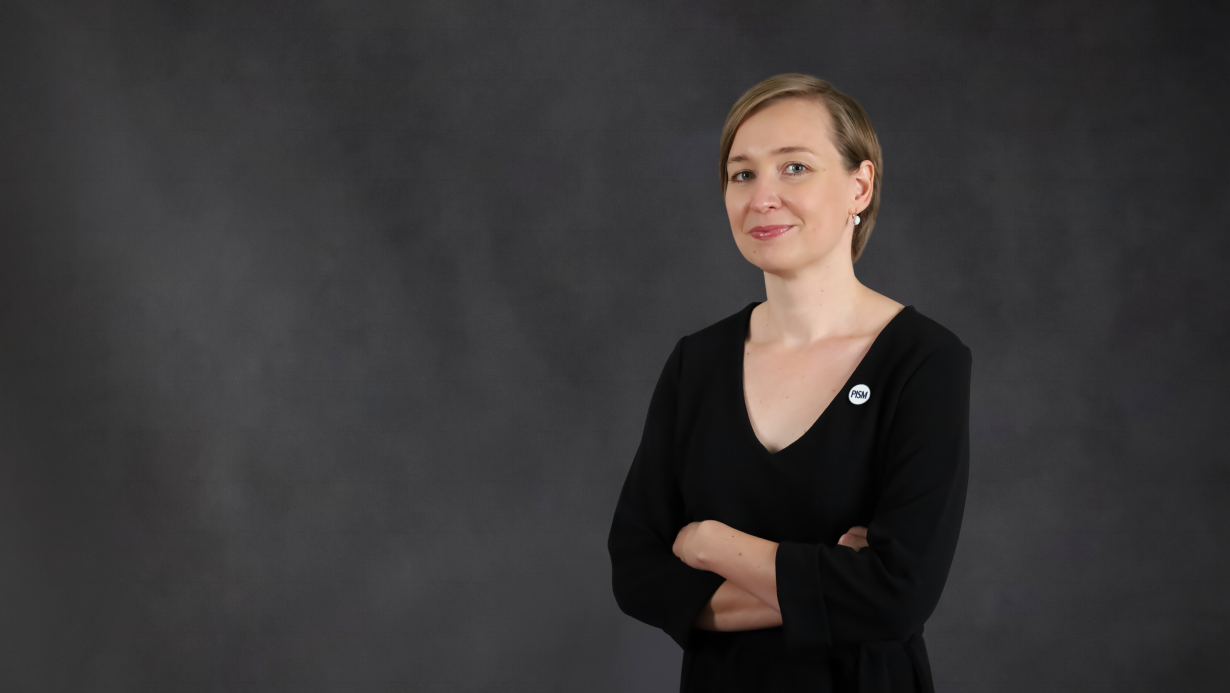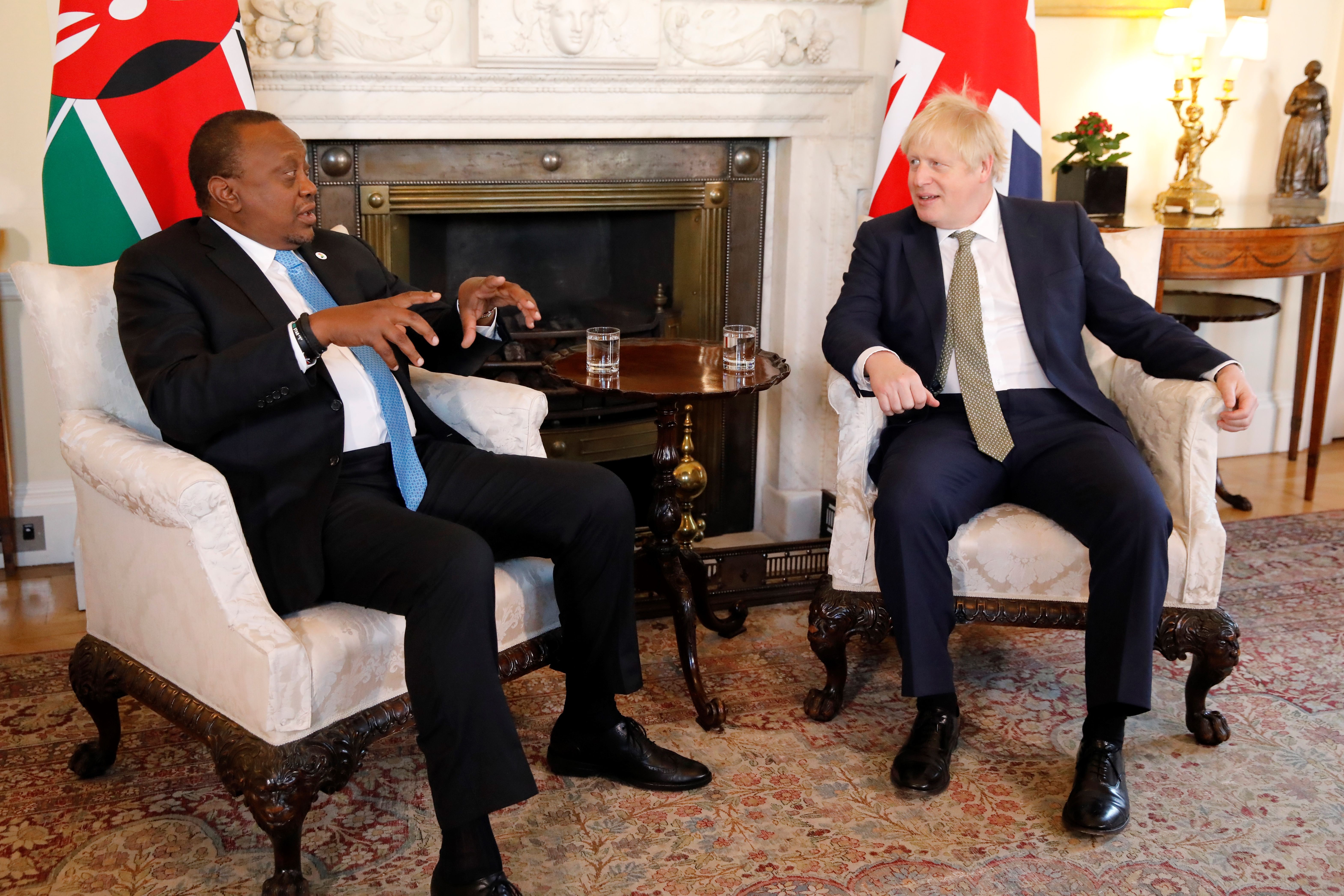The Visegrad States’ Middle East and Africa Development Policies

The mass refugee and migration crisis united the V4 (Poland, Czech Republic, Slovakia, and Hungary), which took a common position on tackling the crisis since the end of 2015. For domestic political reasons, V4 countries did not accept the mandatory quota mechanism of accepting refugees. At the same time, they pointed to the need to help would-be refugees in their countries of origin. Middle Eastern countries, particularly Syria and Iraq, as well as Afghanistan were the most frequent origin of those applying for asylum in the EU in 2015-2018. However, the wider problem of irregular migration to the EU also takes in large proportions of migrants from Sub-Saharan African countries, mainly Eritrea, Nigeria, the Ivory Coast, Guinea, and Mali.
Commitments and Assistance Plans
In 2015, the V4 countries committed themselves at the EU level to gradually increase their expenditure on Official Development Assistance (ODA) to 0.33% of Gross National Income (GNI) by 2030. In 2018, though, they allocated less than half of this commitment—Poland, the Czech Republic, and Hungary each spent 0.14% of their respective GNI, and Slovakia, 0.13%. These expenditures have not grown linearly in recent years. After the peak of the migration crisis in 2015, all V4 countries increased their spending on ODA but then reduced or maintained it at the level during the crisis (Table 1). V4 countries implement their development cooperation objectives based on long-term plans. Most of their ODA consists of multilateral aid (60-70%), which means contributions to funds connected to the EU, UN, World Bank, and other international organisations. The remaining part—bilateral aid—comprises loans or humanitarian aid, among other types of assistance, in various proportions across the V4. For all the Visegrad states, the Eastern Partnership countries are the priority, while for Poland’s V4 partners, the Western Balkans is also high on the development agenda (Table 2).
Spending on the Middle East
The region is not among the most important ones in the V4 countries’ long-term development assistance plans; however, in the aftermath of the refugee and migration crisis, since 2016 they have gradually increased their support for Iraqi and Syrian refugees and their host countries, mainly Jordan, Lebanon, and Turkey. This aid has included the compulsory contributions to the EU Facility for Refugees in Turkey. The only joint development assistance initiative in the Middle East on the part of the V4 is the Polish-Hungarian plan to rebuild an orphanage in Homs, Syria, valued at $1.4 million and announced in 2018.
In 2015-2017, Poland increased development funds to the region the most, from 3% of bilateral assistance ($3.6 million) in 2015 to almost 30% ($42 million) in 2017.[1] At that time, Turkey, Syria, Lebanon, and Iraq were all among the 10 largest recipients of Polish aid. A large part of this was humanitarian aid, the share of which in development assistance Poland has gradually increased.
Jordan and Iraq have been in the top 10 beneficiaries of aid from the Czech Republic since 2016. However, these funds have not increased significantly in recent years—from $10.6 million in 2015 to $11.2 million in 2016 to $11.6 million in 2017. Throughout this period, these sums accounted for around 17% of Czech bilateral assistance and were mainly allocated to humanitarian projects for refugees.
Slovakia provided less assistance to the Middle East. Only since 2017, Syria, Yemen, and Iraq have been among the 10 largest recipients of its development aid—in 2017-2018, the region received annual support worth about $2.5 million (14% of all bilateral assistance from this country), for example, for school renovations. In 2015-2016, these funds amounted to $282,000 and $530,000, respectively (only about 2% of bilateral aid).
Hungary spent about $9 million in the Middle East in 2017—almost 25% of its bilateral assistance—mostly in Turkey and Jordan. This amount increased by one-third compared to 2015. However, from a humanitarian point of view, it is problematic that Hungary prefers Christian communities as recipients. Many projects are related to, for example, the reconstruction of churches in Syria and Lebanon.
Spending in Africa
The V4 countries have been gradually increasing their development cooperation activities in Africa for several years, though it is still low. It represents the growing interest of the V4 in economic cooperation with countries of this continent. Proof of that is that the targets are usually middle-income countries and not those where the most people have left because of political, development, or security challenges, such as the Sahel countries of Burkina Faso, Chad, Mali, Mauritania, and Niger. As part of their multilateral development assistance, the V4 countries allocated altogether €35 million to the EU Trust Fund for Africa in 2018 for measures to reduce irregular migration from Libya. In addition, they launched their first development project in Africa, worth €2 million and co-financed by the EU. It supports agriculture in the Kenyan coastal region by setting up cashew and sesame tree plantations.
In recent years, Poland has spent proportionally the most among the V4 countries on development funds in Africa. In 2014-2015, this amounted to 37%, while in 2016 it was 46% (around $71 million) of total Polish bilateral assistance. The funds were mainly granted in the form of tied aid, obliging recipients to purchase goods from the donor’s country. In 2017, this share fell to 11% (around $44 million); however, three African countries—Tanzania, Ethiopia and Libya—were still among the largest beneficiaries of Polish aid.
The Czech Republic develops its cooperation with selected African countries, resuming contacts from the period of socialist Czechoslovakia. Ethiopia and Zambia have been on their priority list since 2018. Offices of the Czech Development Agency operate there. The country has gradually increased its bilateral development aid to Sub-Saharan Africa in recent years from 9% (around $5 million) in 2014 to 12% (around $8 million) in 2017.
Africa is not a priority for Slovakia’s development cooperation. Low levels of expenditure on bilateral aid indicate this—10% in 2014-2015 ($1.4 million), 9% in 2017 (around $1.6 million). For a long time now, Slovakia has been spending these funds mainly on programmes in Kenya. In 2014-2018, it also implemented relatively large projects in South Sudan.
Hungary’s development cooperation with African countries is mainly based on tied aid. Among Hungary’s recent large partner states have been Kenya, Nigeria, and Cape Verde. In 2019, it began a long-term bilateral project in Uganda. Bilateral assistance to Sub-Saharan Africa increased significantly from 2% in 2015 (around $820,000) to 14% in 2017 ($4.5 million).
Conclusions and Recommendations
The V4 countries, like other EU members, have adapted their development cooperation plans to the current needs in the Middle East related to the recent refugee and migration crisis. Since 2015, they have allocated a similar percentage of their bilateral assistance to this region as Germany, Italy, or Spain. However, the amount is small in absolute terms. Despite the impressive growth of their real GDPs since 2015—higher than in most EU states and averaging around 4% yearly—the V4 are still among the EU Member States that spend the least on development assistance (20th-24th). This means that their declaration to increase development funds to a level that compensates for not taking in refugees has not been fulfilled. Further, the main motivation for V4 development engagement in Africa seems to be economic interest in the form of tied aid. The refugee and migration crisis has not changed this approach. Increasing funds for development cooperation and initiating joint projects in the Middle East can bring political benefits to the V4, as their voice in the context of the refugee and migration crisis has been associated with non-constructive protest against accepting refugees. In turn, the comprehensive EU-Africa Strategy, to be announced in the first quarter of 2020, signals the intention to intensify Europe’s relations with African countries. Adopting a holistic view of Africa would serve the greater involvement of the V4 in EU activities on this continent. Therefore, when planning development and economic assistance, it will be necessary to consider the challenges to EU security resulting from the fragile situation in the Sahel.
[1] Source of all data in this text: OECD Development Co-operation Profiles. Detailed data for 2018 and 2019 are not yet available.





